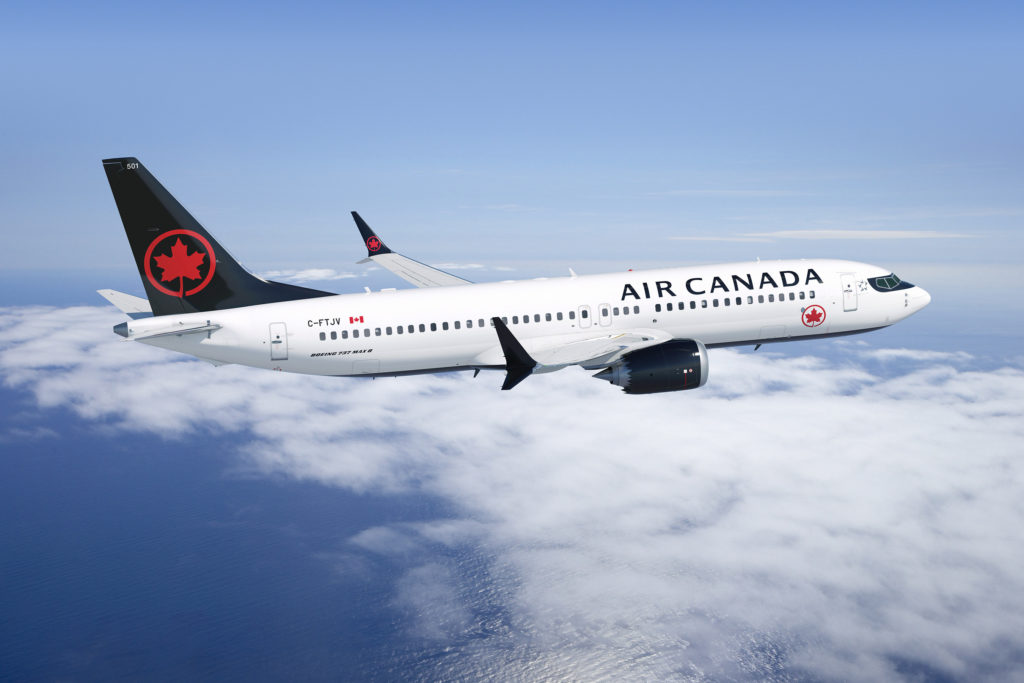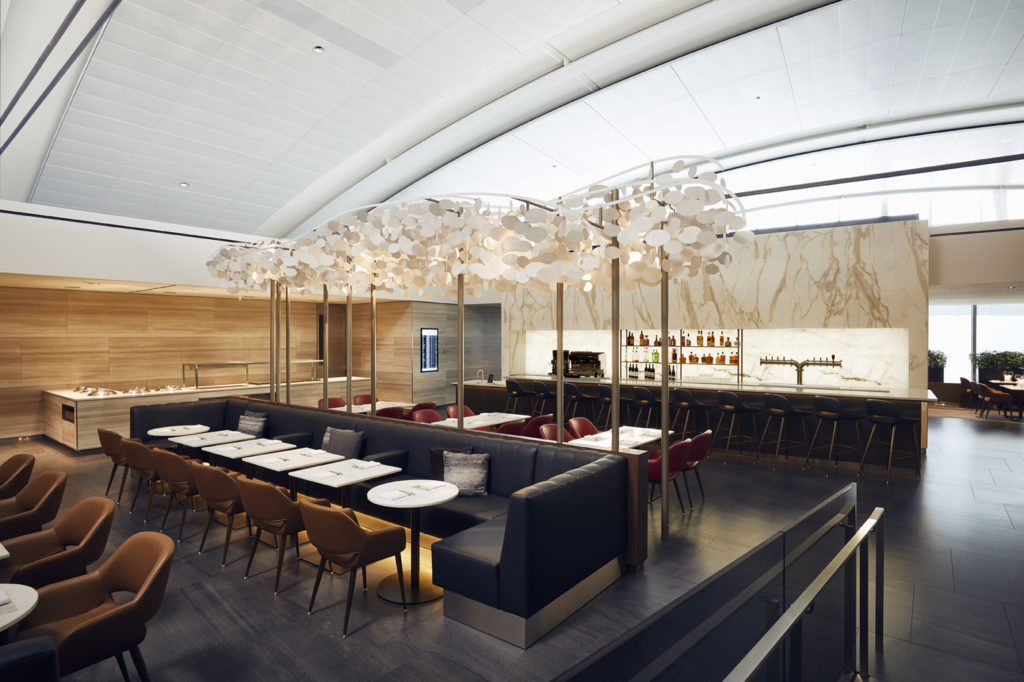Estimated reading time 7 minutes, 27 seconds.
Air Canada reached new financial heights in 2017, realizing operating revenues of more than $16 billion and ending the year with record EBITDAR (earnings before interest, taxes, depreciation, amortization, impairment and aircraft rent) of $2.921 billion.

“I am delighted to report that 2017 was a record year for Air Canada,” said Calin Rovinescu, the airline’s president and CEO, during a Feb. 16, 2018, conference call with industry analysts and the public.
He said the airline’s positive financial performance underscores the effectiveness of a strategy designed to equip Air Canada for sustainable profitability over the long term.
Rovinescu reported that the end of 2017 represented the fourth consecutive quarter of improved relative yield performance, “a very important trend for us given our capacity additions.”
Last year, Air Canada introduced 30 new routes. Half of them were new international city pairings including Toronto-Mumbai, Montreal-Shanghai and Vancouver-Melbourne.
Both Air Canada Cargo and Air Canada Vacations had their best year ever in 2017, earning record revenues.
“We carried a record 48 million passengers, and saw a growth of 20 per cent in international to international connecting passengers via Canada, with a significant portion originating in the U.S.,” noted Rovinescu.
Ancillary revenues continued to be a strong profit centre, with the carrier bringing in more than $1 billion in 2017.
The airline remains committed to meeting key financial targets.
“Cost transformation is a permanent ingredient in our DNA. We’ve undertaken a new company-wide cost transformation program intended to deliver $250 million in savings by the end of 2019,” said Rovinescu.
Narrow Focus
With its wide-body fleet renewal substantially completed, Air Canada is now focusing on its mainline narrow-body replacement program.
“[In 2017,] we also began the next phase of our evolution with the introduction of our first Boeing 737 MAX 8 into our fleet,” said Benjamin Smith, president, Passenger Airlines at Air Canada, during the call. “This signals the rejuvenation of our narrow-body fleet, focused around the 737 MAX aircraft and the Bombardier C Series, with the latter arriving in 2019.”

Smith added that the airline continues to develop its premium customer niche as well as seeking profitable international growth opportunities stemming from its three hubs in Toronto, Montreal and Vancouver. In the fourth quarter of 2017, Air Canada introduced its Signature Suite in Toronto, an exclusive lounge experience for premium international customers.
“These investments in our fleet, network and product strengthen our market position and enhance the overall customer experience.”
During the fourth quarter of 2017, Air Canada saw strong performance in its business class cabin, with traffic growth of 8.2 per cent and revenues growing by 15.3 per cent.
The premium economy cabin also closed out the year with very strong results, attributed to the introduction of a premium economy product on select wide-body aircraft.
Looking ahead, Smith said Air Canada is pleased with performance projections for the first two quarters of 2018.
“Booking volumes are trending very positively for international services. Domestically, traffic increase is driven by strong demand on services within Canada as well as driving higher connectivity from our hubs to the U.S. and international destinations.”
While the Ottawa-Montreal-Toronto triangle is performing well, Air Canada is also enhancing its Western presence with non-stop Rouge service from Toronto into Nanaimo and Kamloops in B.C., as well as Montreal to Victoria.
On an international front, Air Canada is working to build its transborder network, with seven new U.S. routes launched during the first two quarters of 2018.
“We continue to focus on enhancing the processing of passengers transiting our hubs to and from the U.S.,” Smith continued, adding that the Atlantic market has been a particularly strong performer, following the successful introduction of Toronto-Mumbai, as well as the strategic deployment of Air Canada Rouge to several European destinations.
Pacific traffic growth has been driven by year-round service to Shanghai, Taipei and Melbourne, although this region continues to face competitive pressures, particularly for the Chinese and Hong Kong markets.
The South American market looks promising during the first quarter of 2018, with the airline showing strong results due to a revival of the Brazilian market and enhanced service into Peru and Colombia.
Investing in the Future
Air Canada is investing to ensure its profitability over the long term, according to Rovinescu.
“This will include our new loyalty program, technology to enrich the travel experience, investments in AI (artificial intelligence), and enhanced airport services and amenities. We see long-term value to Air Canada in these non-recurring, specifically targeted investments.”

Michael Rousseau, Air Canada’s executive vice-president and chief financial officer, said the airline continues to streamline its costs, realizing savings of about $90 million in 2017. Key supplier agreements have been renegotiated and investments have been made in branding, new employee uniforms (being rolled out in the first quarter of 2018), training, and airport services to enrich the travel experience.
The goal of sustainable profitability is within reach, said Rousseau, as evidenced by significant cost reductions, liquidity levels at all-time highs, declining debt, and 56 unencumbered aircraft on the books compared to none only a few years ago.
In addition, labour contracts are now in place for the next six-and-a-half to eight years.
“Air Canada celebrated its 80th anniversary in 2017,” concluded Rovinescu, as he wrapped up the call. “We did so with the vitality and sense of urgency of a new economy start-up . . . . Our strategy has given us the financial resilience and the operational flexibility to thrive in changing economic circumstances and compete in any arena, whether that be global, or domestically against existing competitors or new ULCC entrants. Culture change has been the key to our success.”
In 2017, Air Canada was named Best Airline in North America by Skytrax, whose survey of almost 20 million air travellers is recognized as the global benchmark of industry excellence.








